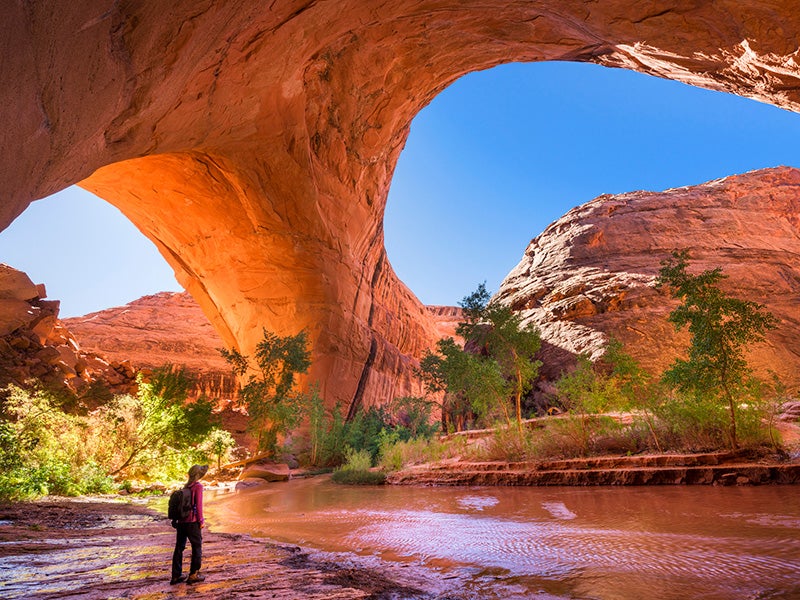Defending Our National Monuments
The law gives presidents the power to protect federal lands and waters — lands already owned by all Americans — that contain “objects” of extraordinary “historic or scientific” value by designating them as national monuments and safeguarding them from harm.
Case Overview
Signed into law in 1906 by President Theodore Roosevelt, the Antiquities Act is a legal framework for the protection of national treasures as national monuments — including some of the West’s vast geologic wonders, vulnerable cultural sites, unique plant and animal life, and sites that memorialize some of our nation’s most important historical sites.
Every president since Theodore Roosevelt — with the exceptions of Nixon, Reagan, and George H.W. Bush — has used the Antiquities Act to protect iconic places as national monuments.
Some of our western icons — including Grand Canyon National Park, Bryce National Park, and Zion and Arches National Parks — began life as national monuments. Others have remained national monuments for many decades and have become world-renowned, such as Grand Staircase-Escalante National Monument.
Courts, including the Supreme Court, have uniformly upheld the president’s authority to designate national monuments and to determine how much land to protect. No court has ever overturned a president’s monument designation. Nothing in the Antiquities Act authorizes the president to remove parcels of land from a national monument, or otherwise to diminish or dismantle an existing monument.
Earthjustice has decades of history defending national monuments and the Antiquities Act itself — from litigation in the 1980s to protect Misty Fjords National Monument, into the 2000s to protect Giant Sequoia and Canyon of the Ancients National Monuments, in 2017, challenging President Trump’s dismantling of Bears Ears and Grand Staircase-Escalante National Monuments, and many more.

Case Updates
Case page created on December 7, 2017.

